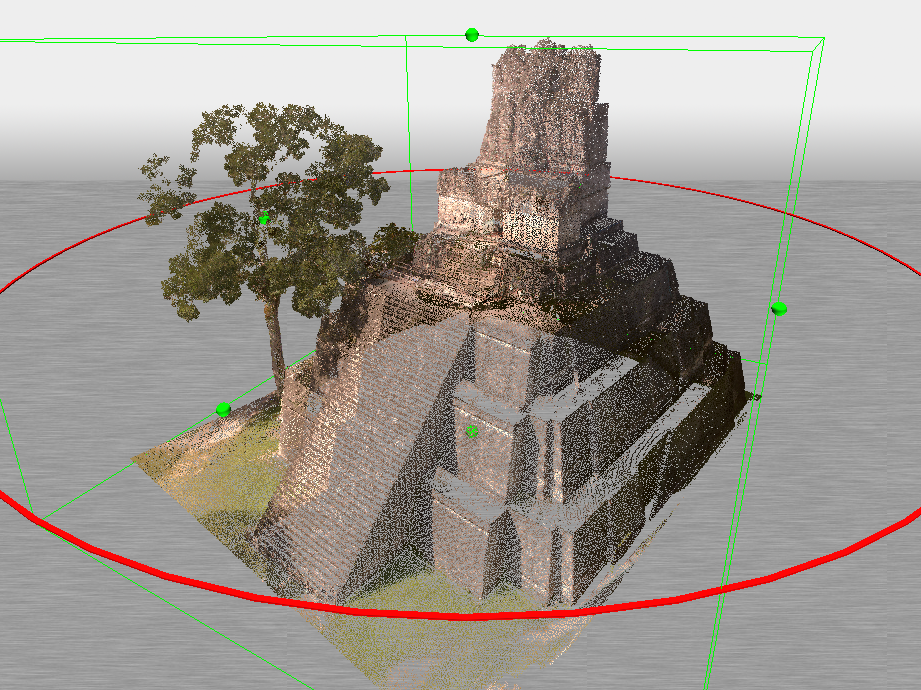OAKLAND, Calif. – As CyArk goes about its mission of documenting in 3D the world’s significant historical sites, it’s important to remember the non-profit organization doesn’t consider its work done at a site until it can serve the data up to the public for consumption.
“It’s capturing, archiving, and serving the data back up,” said executive director Tom Greaves, “and making it available for free. That’s part of our charter.”
So it shouldn’t surprise anyone that the organization has developed its own internal Online 3D Viewer, a browser-based piece of software that allows anyone with a modern browser equipped with WebGL (i.e., not Internet Explorer) to navigate point clouds from the comfort of wherever they like to surf the web.
Landon Silla, CyArk’s manager of software development, introduces the 3D Viewer here, and he basically gives you all the information you need to begin playing around with both point clouds and mesh models.
This reporter is on a MacBook Pro and had great success in using the point cloud viewer through the latest version of Firefox.
Greaves noted that CyArk is very much involved in using the data it collects and serves back up to help teachers in schools use it as part of their lesson plans. It isn’t hard to image how a browser-based point cloud and mesh viewer might help create interactive learning in the classroom. Students can now explore sites that might be thousands of miles away, and from just about every angle.
Maybe the Viewer can’t handle 10 billion points through the browser, Greaves said, but it’s a great tool that CyArk developed in house and helps them accomplish their mission.
This sample online displayed for this reporter half a million points in about 10 seconds of wait time on a corporate T1 line connection, and there was just about zero lag during navigation of the points. It was very fast and easy to use. The scroll-wheel zoom is particularly cool.






